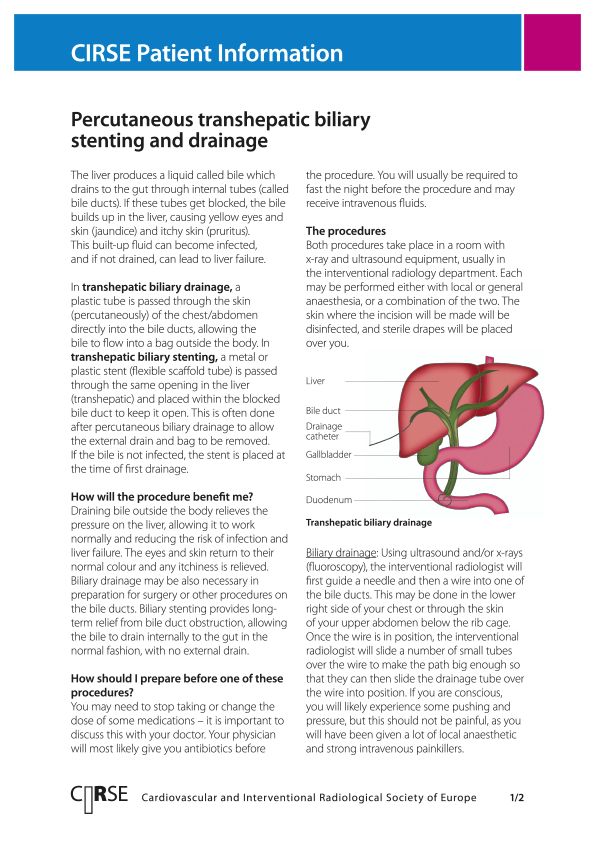Symptoms
The most common sign of jaundice is a yellowish pigmentation of the skin and the whites of the eyes. Other signs and symptoms may include itching, whereas in cases of obstructive jaundice, nausea and vomiting can be present as well as upper right abdominal or back pain.
Diagnosis
To diagnose you, your doctor will perform a physical examination and some blood tests measuring blood bilirubin and liver function. Imaging techniques can also be used to aid the diagnosis, such as ultrasound, CT and MRI.
If a patient also has bile duct obstruction, it may be necessary to perform further diagnostic procedures to examine the affected area, such as MR-cholangiopancreatography or endoscopic retrograde cholangio-pancreatography (ERCP), the latter also being a therapeutic endoscopic procedure.
Treatment
Treatment depends on the exact underlying cause of the jaundice. If the condition is connected to biliary duct obstruction, several options are available. Surgery or endoscopy may be necessary to relieve the blockage. Interventional radiology techniques may also be used.
The main inimally invasive technique to manage jaundice related to biliary duct obstruction is percutaneous trans-hepatic biliary drainage, which involves placing a small drainage catheter through the abdominal wall across the narrowed or blocked bile duct and connecting it to an external bag to allow drainage. The interventional radiologist may also place a stent (a small metal mesh tube) across the narrowing/obstruction, to keep the biliary ducts open without the need for a drainage catheter. In some cases, the physician will perform an additional procedure with a balloon catheter, called percutaneous biliary dilation, which involves stretching the narrowed bile duct with a balloon to aid the insertion of the drainage or of the stent.

